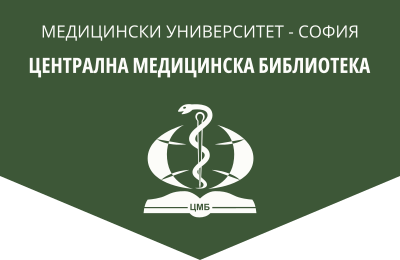Impacted teeth as autogenous material for alveolar ridge augmentation: a clinical case report
Medical Review (Med. pregled), 2024, 60(3), 61-66.
Kh. Fakih
Department of Dental, Oral and Maxillofacial Surgery, FDM, MU – Sofia
Abstract. Starting from the gold standard for the application of autogenous tissue, Yeomans and Urist and Bang and Urist made the first studies on the potential of dentin as a graft material. The authors reported that there is a similarity between dentin and bone matrix in terms of osteoinductive capacity. In 2009, an autogenous dental bone graft was developed in Seoul. This beginning led to an expansion of research into its application. The rationale for using human teeth as a bone substitute is based on the chemical composition of the teeth and that of the alveolar bone. During the clinical examination and СВСТ examination of the presented patient, impacted teeth 37, 38 and 48 were found. After obtaining informed consent, an operation was performed to extract the periodontally compromised 35 and impacted teeth 37 and 38. After the placement of wire anesthesia on the lower jaw on the left, 35, which is highly mobile, was extracted. A mucoperiosteal flap was made over the retained 37 and 38, and the bone above and around them was exposed. With a piezotome, the bone was osteotomized vestibularly above and next to the crown necks of the impacted teeth, preserving the osteotomized bone block from this area for use with the remaining extracted and ground teeth. 38 and 37 were then extracted and cleaned from the granulation tissue and placed in a Smart Grinder TM grinding apparatus (Kometa Bio Ltd.), and the grinding procedure was performed according to the protocol de-scribed above by the manufacturer to obtain PDDM particles of 250-1200 μm. The bone block from the tooth area taken from the patient with a piezotome was ground separately. The resulting powdered dentin graft material with the ground bone block was placed in the alveolar area and covered with PRF membranes by the patient. The wound healed primarily and the sutures were removed on the 12th day. Four months later, a follow-up СВСТ was performed with the results of the obtained bony healing of the alveolar ridge on the left. These data are compared in millimeters with the right side, which is without a graft. The resulting autogenous dentin powder from the patient’s teeth and the ground bone block taken from the osteotomy of the bone around the retinoids 37 and 38 created a graft of sufficient volume for the preservation of the alveolus in this area. This biological material is covered with a PRF membrane. The described materials are a guarantee of providing a gold stand-ard of osteogenic, osteoconductive and osteoinductive nature of the augmentation. However, we need further studies with standardized protocols regarding patient selection, dentin processing – demineralization and non-demineralization, and the surgical procedure compared to other grafts.
Key words: impacted teeth, dentin processing, alveolar ridge augmentation
Address for correspondence: Assoc. Prof. Khodor Fakih, DD; e-mail: khodorfakih@abv.bg
